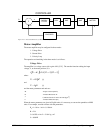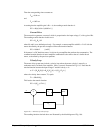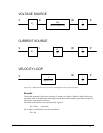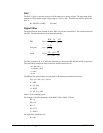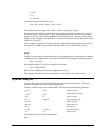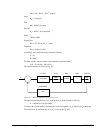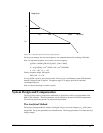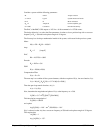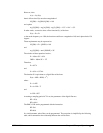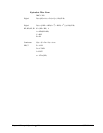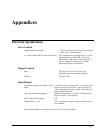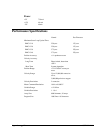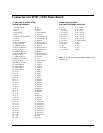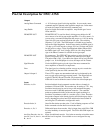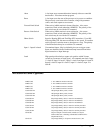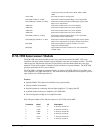
USER MANUAL Chapter 10 Theory of Operation • 169
However, since
A(s) = L(s) G(s)
then it follows that G(s) must have magnitude of
|G(j500)| = |A(j500)/L(j500)| = 160
and a phase
arg [G(j500)] = arg [A(j500)] - arg [L(j500)] = -135° + 194° = 59°
In other words, we need to select a filter function G(s) of the form
G(s) = P + sD
so that at the frequency ω
c
=500, the function would have a magnitude of 160 and a phase lead of 59
degrees.
These requirements may be expressed as:
|G(j500)| = |P + (j500D)| = 160
and
arg [G(j500)] = tan
-1
[500D/P] = 59°
The solution of these equations leads to:
P = 160cos 59° = 82.4
500D = 160sin 59° = 137
Therefore,
D = 0.274
and
G = 82.4 + 0.2744s
The function G is equivalent to a digital filter of the form:
D(z) = 4KP + 4KD(1-z
-1
)
where
P = 4 ∗ KP
D = 4 ∗ KD ∗ T
and
4 ∗ KD = D/T
Assuming a sampling period of T=1ms, the parameters of the digital filter are:
KP = 20.6
KD = 68.6
The DMC-13X8 can be programmed with the instruction:
KP 20.6
KD 68.6
In a similar manner, other filters can be programmed. The procedure is simplified by the following
table, which summarizes the relationship between the various filters.



